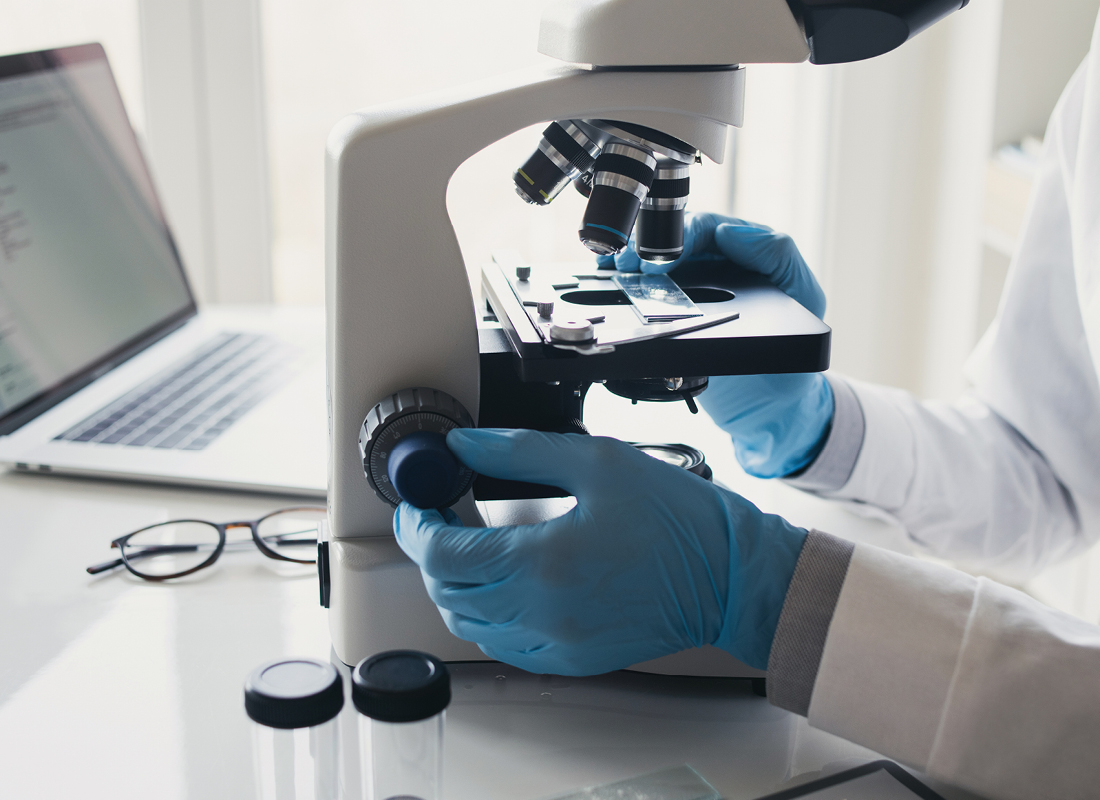New Studies Support Viability of Reliable COVID-19 Lateral Flow-Based Home Testing Device
As deaths and case rates fall, the focus of COVID-19 testing will continue to shift from diagnosing patients to screening the asymptomatic. This will fuel the demand for products that can deliver results accurately, quickly and at the point of care. The fly in the ointment is that current SARS-CoV-2 antigen tests that meet these requirements are nowhere near as accurate as the tests used for diagnosis applications. However, new research suggests that an alternative technology support the viability of a more accurate rapid testing solution: lateral flow assays. The Diagnostic Challenge Polymerase chain reaction (PCR) tests that detect SARS-CoV-2 nucleic acids from the virus’ RNA were the first tests used to identify patients with COVID-19. And they remain the gold standard in accuracy with false negative rates ranging less then 5 percent, depending primarily on the sampling site, sample type and stage of infection). The downside of PCR tests is that the RNA from the sample must be amplified and converted into DNA for testing, operations that must be performed at a CLIA-certified laboratory off the site. Rapid antigen tests use antibodies that the body produces to fight the SARS-CoV-2 virus to detect specific parts of the viral particle […]

Subscribe to Clinical Diagnostics Insider to view
Start a Free Trial for immediate access to this article